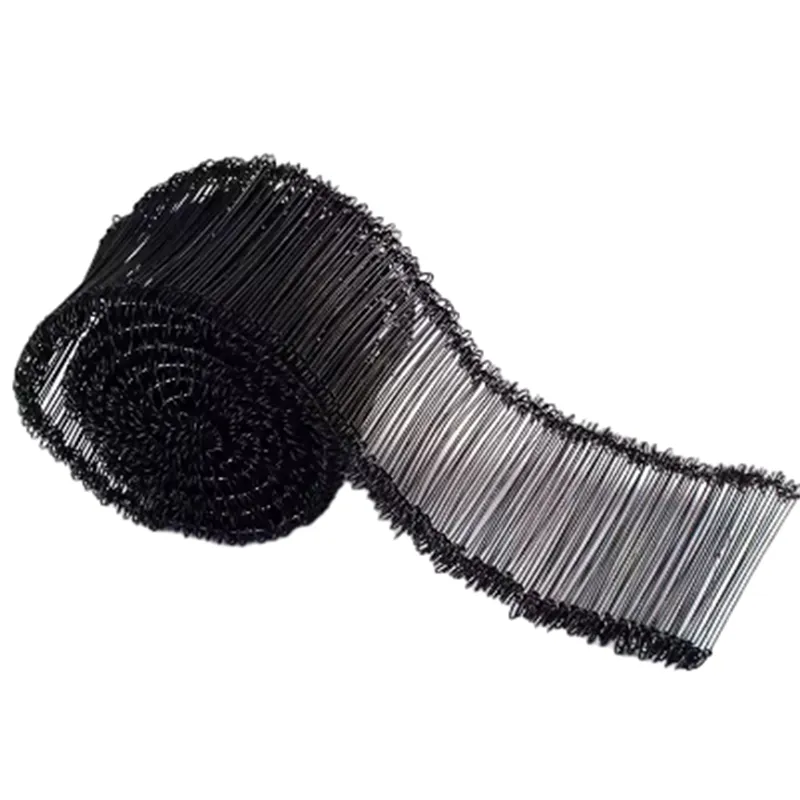-
 Phone:
Phone: -
 Email:
Email:

rock netting slope protection
Rock Netting Slope Protection A Comprehensive Approach
Slope stability is a crucial aspect of civil engineering and environmental management, particularly in areas prone to landslides and erosion. One effective technique employed to protect slopes is rock netting, a method that combines natural landscapes with engineering solutions to create durable protection against soil and rock movement. This article delves into the concept of rock netting for slope protection, its benefits, and its applications.
Understanding Rock Netting
Rock netting involves the use of mesh materials, typically made of steel or high-strength synthetic fibers, which are anchored to rock slopes. The primary objective is to contain loose rocks and debris that can pose safety hazards. Rock netting systems are designed to accommodate the natural aesthetics of the surrounding environment while providing excellent support and stabilization to the slope.
The installation process generally involves assessing the slope’s geology, determining the potential for rockfall, and then strategically placing the netting over the targeted area. The mesh is securely fastened at several anchor points, ensuring that it remains functional even under extreme conditions, such as heavy rain or seismic activity.
Benefits of Rock Netting
1. Enhanced Safety The most significant advantage of rock netting is the safety it provides to both infrastructure and human life. By securing loose rocks and preventing landslides, it reduces the risk of accidents on roads, railways, and pedestrian pathways that run near unstable slopes.
2. Environmental Compatibility Rock netting is designed to blend seamlessly with natural landscapes. Unlike rigid barriers, netting allows for vegetation growth, promoting natural habitat restoration and reducing the visual impact of human intervention.
3. Cost-Effectiveness The installation and maintenance costs of rock netting systems are generally lower compared to other slope stabilization methods, such as retaining walls or concrete barriers. The simplicity of installation and the reduced need for significant earthworks make it an attractive option for many projects.
4. Versatility Rock netting can be utilized in a variety of environments, from highways and railways to mountainous areas and mining operations. Its adaptability makes it suitable for different geological conditions and site-specific requirements.
rock netting slope protection

5. Long-Term Durability High-quality rock netting materials are designed to withstand harsh weather conditions, UV exposure, and corrosion. When properly installed, these systems can last for many decades with minimal maintenance, offering long-term stability solutions.
Applications of Rock Netting
Rock netting has been successfully implemented in numerous scenarios across the globe. It is particularly useful in areas with steep terrain, where traditional slope stabilization methods might be impractical. Key applications include
- Highway and Railway Slope Protection In regions where roads or tracks are built alongside hillsides, rock netting mitigates the risk of falling debris, ensuring safe transit.
- Mining Operations Rock netting is extensively used in mining sites to manage loose rock that can collapse unexpectedly, posing risks to workers and equipment.
- Landslide-Prone Areas Mitigating landslide risks in urban development zones is essential to protect lives and infrastructure. Rock netting is a proactive solution that aids in stabilizing these vulnerable slopes.
- Coastal and Riverbank Protection In addition to terrestrial applications, rock netting can be applied to protect coastal and riverbank areas where erosion is a concern, helping preserve the natural ecosystem while safeguarding developed land.
Conclusion
Rock netting is an effective and adaptable solution for slope protection that balances safety, environmental considerations, and cost-efficiency. As we continue to develop and urbanize, employing such innovative methods is critical in ensuring the longevity of both natural landscapes and human infrastructures. By integrating rock netting into our approach to managing slope stability, we can create safer, more sustainable environments for future generations.
-
Wire Mesh for Every Need: A Practical SolutionNewsJul.25,2025
-
Steel Fences: Durable, Secure, and Stylish OptionsNewsJul.25,2025
-
Roll Top Fencing: A Smart Solution for Safety and SecurityNewsJul.25,2025
-
Cattle Farm Fencing Solutions for Maximum SecurityNewsJul.25,2025
-
Affordable Iron Binding Wire SolutionsNewsJul.25,2025
-
Affordable Galvanized Wire SolutionsNewsJul.25,2025
-
Wire Hanger Recycling IdeasNewsJul.25,2025








